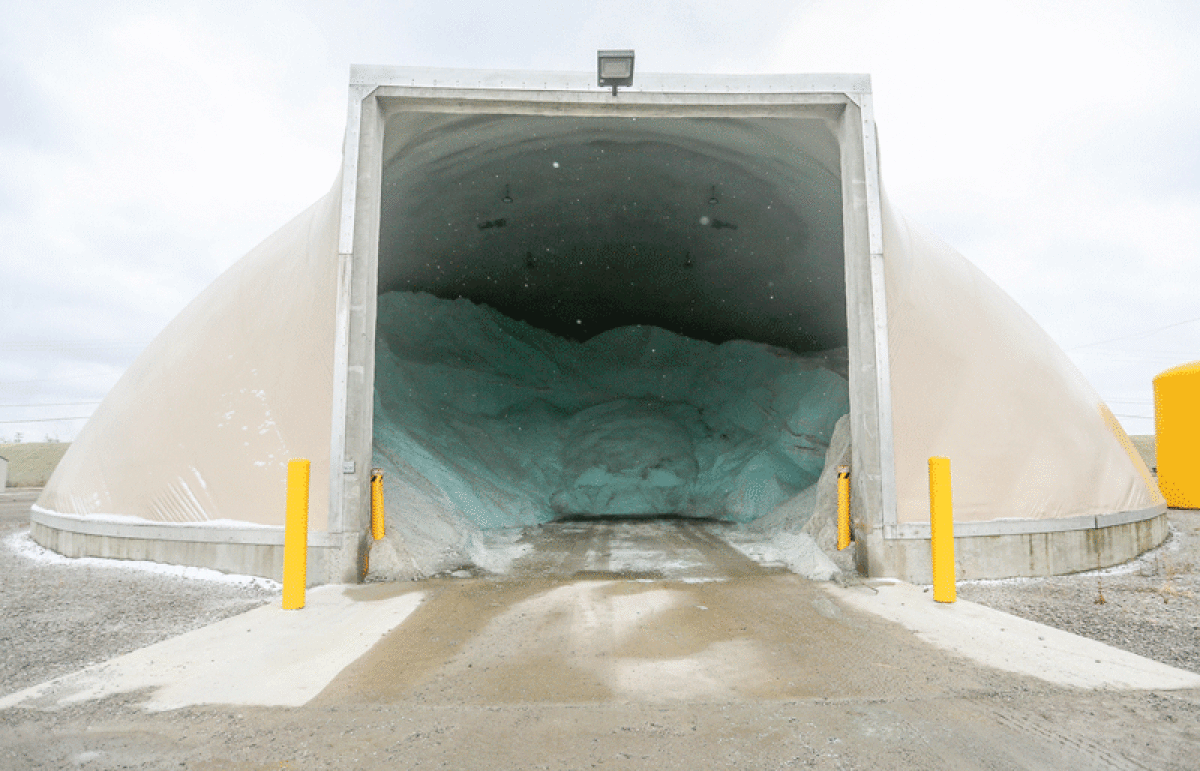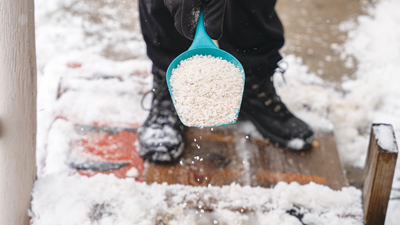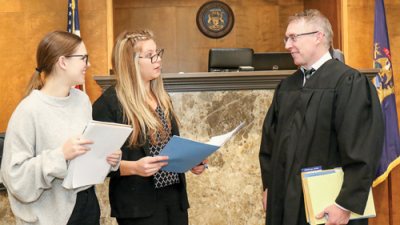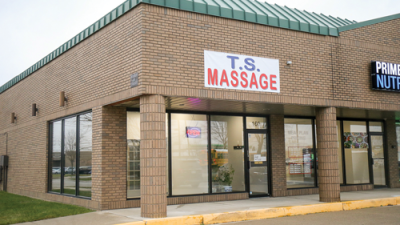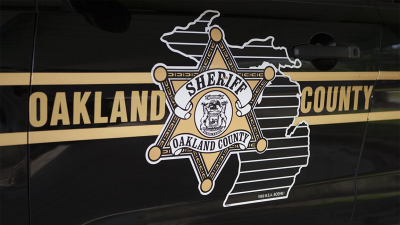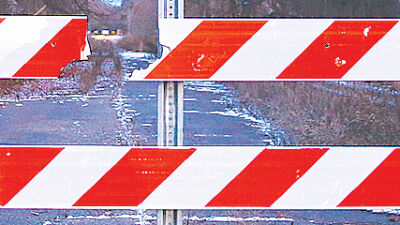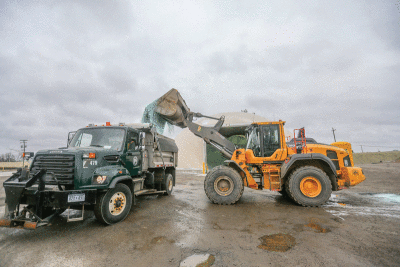
The DPS handles snow removal operations without outside contractors. Clearing the roads requires the public’s cooperation moving vehicles off the streets, however.
Photo by Patricia O’Blenes
MADISON HEIGHTS — It’s never certain what winter will bring. That’s why the Madison Heights Department of Public Services plans for the worst, and why it needs residents to cooperate with them, keeping roads clear during foul weather.
David Soltis is a member of the City Council. In the past, he worked as an emergency medical technician who drove ambulances and administered care. He said it’s challenging enough for first responders to navigate busy roads — and that’s before you add icy streets and heavy snow to the mix.
As such, he said it’s imperative that residents comply during a snow emergency and move their vehicles off the streets.
“It could be you or one of your loved ones who we’re coming for, so you’d want the roads clear. As residents and citizens, everyone needs to do their part so that they don’t prolong the arrival of any life-sustaining treatment,” Soltis said. “Also, it’s just as important that we’re able to safely get to the hospital afterward. That’s often where patients need to go.”
Sean Ballantine is the public works supervisor for Madison Heights. He explained that the threshold for a snow emergency is 4 inches of snow predicted to accumulate during a 24-hour period. That amount of snow, or more, makes the roads difficult to navigate. Officials also look to other factors in declaring a snow emergency, such as whether a sudden warm-up, heavy freeze or additional events are expected in the next several days.
In a snow emergency, all parked vehicles must be removed from side streets within six hours of the snow emergency declaration. Vehicles are not allowed to park on side streets again until they are cleared curb to curb, or until the snow emergency has been canceled. Vehicles that remain on the roads may be ticketed, towed, or both.
If bad weather is on the way, check the city’s official website, madison-heights.org, or its Facebook page, facebook.com/cityofmadisonheights, to see if a snow emergency has been declared. One can also tune into local TV and radio stations, use the Nixle and NotifyMe notification services, or even call the city’s recreation hotline at (248) 588-5555.
As for the city’s response during a snow emergency, there are four main priorities for the DPS.
First, major roads are cleared, and access is maintained for first responders. This includes salting snow down to water, where appropriate. Next, residential mainline roads are plowed curb to curb, while secondary routes, such as bus lines, are salted. Cul-de-sacs, dead ends and alleys are then plowed. Finally, crews then clear city sidewalks, park and building parking lots, and other pathways and entrances. The city does not provide snow removal for private businesses.
The city currently has five tandem-axle dump trucks with plows and salters, one tandem-axle dump truck with a plow, three single-axle dump trucks with plows and salters, three 1-ton dump trucks with plows, and 12 pickup trucks with plows, plus a small pickup truck, utility vehicle and four-wheeler. Any combination of these is set in motion, depending on the nature of the storm. No contractors are involved with the DPS’ snow removal operations.
Typically, the city’s police patrol officers are the first to determine that roads are deteriorating. They report the conditions to police dispatchers, who notify the DPS supervisor on duty, who then makes the order for roads to be salted. During a non-snow emergency event, major streets and main residential roads are salted and plowed as needed. Salt is mixed with a brine solution to reduce the amount of salt used while increasing its effectiveness.
An event can use as little as 50 tons of salt, or as much as several hundred. The DPS currently has 3,000 tons of salt stored in the dome at the DPS yard, located at 801 Ajax Drive. The DPS started the 2022-23 winter season with 3,700 tons of salt. All salt use is tracked, with a five-year average of 3,400 tons used each season.
The city benefits from maintenance agreements with Macomb and Oakland counties, which are responsible for maintaining major county roads within the city’s borders. These include Dequindre, 12 Mile and 14 Mile roads, as well as John R Road from the Red Run to 14 Mile Road.
Roslyn Grafstein, the mayor of Madison Heights, said she’s deeply appreciative of the DPS. She recalled a time in 2021 when Oakland County was holding a COVID-19 vaccination clinic and Oakland County Executive David Coulter called her, asking if a side street could be plowed for access. Grafstein said it only took a call to the local DPS to clear a path, allowing many seniors to get their shots during the worst of the pandemic.
“We always think about our police and fire as being our emergency responders, but if there is snow blocking the road, they can’t get where they need to go,” Grafstein said. “The DPS really is our immediate line of defense.”
 Publication select ▼
Publication select ▼